|
On last month's road trip, Ray and I spent a couple of days in Hannibal, Missouri, boyhood home of Mark Twain and inspiration for many of his stories. The visit not only got me thinking about hometowns, but also gave us a concentrated dose of Twainisms. Since our return, I've unearthed a few more to share with you. (I also learned that many quotes attributed to Twain were actually spoken or written by someone else. I've tried my best to verify the ones I'm including here, relying on twainquotes.com‚ a site created by Twain House friend Barbara Schmidt. So I do hope they're all authentic.) As a bonus, I'll throw in some photos of Hannibal, MO at the end. Nothing so needs reforming as other people’s habits. Always do right; this will gratify some people and astonish the rest. Travel is fatal to prejudice, bigotry, and narrow-mindedness, and many of our people need it sorely on these accounts. Broad, wholesome, charitable views of men and things cannot be acquired by vegetating in one little corner of the earth all one's lifetime. Grief can take care of itself, but to get full value of a joy you must have somebody to divide it with. The calamity that comes is never the one we had prepared ourselves for. When we remember we are all mad, the mysteries disappear and life stands explained. In America, we hurry--which is well; but when the day's work is done, we go on thinking of losses and gains, we plan for the morrow, we even carry our business cares to bed with us, and toss and worry over them when we ought to be restoring our racked bodies and brains with sleep. We burn up our energies with these excitements, and either die early or drop into a lean and mean old age at a time of life which they call a man's prime in Europe. When an acre of ground has produced long and well, we let it lie fallow and rest for a season; we take no man clear across the continent in the same coach he started in--the coach is stabled somewhere on the plains and its heated machinery allowed to cool for a few days; when a razor has seen long service and refuses to hold an edge, the barber lays it away for a few weeks, and the edge comes back of its own accord. We bestow thoughtful care upon inanimate objects, but none upon ourselves. What a robust people, what a nation of thinkers we might be, if we would only lay ourselves on the shelf occasionally and renew our edges! Diligence is a good thing, but taking things easy is much more--restful. Honor is a harder master than the law. We do not deal much in facts when we are contemplating ourselves. All good things arrive unto them that wait--and don’t die in the meantime. When we think of friends, and call their faces out of the shadows, and their voices out of the echoes that faint along the corridors of memory, and do it without knowing why save that we love to do it, we content ourselves that that friendship is a Reality, and not a Fancy--that it is builded upon a rock, and not upon the sands that dissolve away with the ebbing tides and carry their monuments with them.
4 Comments
"Are you excited to be going home?" Ray asked. I had to stop and think for a moment about how to answer. We were nearing my hometown in Oklahoma, and while I looked forward to the time we'd spend there, it was the word "home" that tripped me up.  Playing in the back yard of my childhood home. Playing in the back yard of my childhood home. I left that town nearly fifty years ago; it's been a long time since I've thought of it as home. My parents are long dead. The house I grew up in has passed through many owners. Homes and lawns have replaced the woods and orchard where I once played. 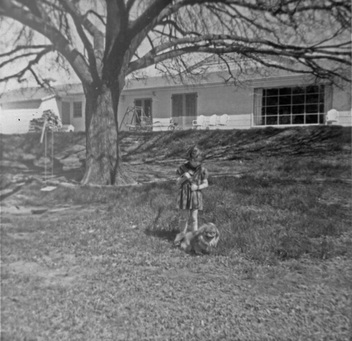 And yet Stillwater, Oklahoma, the place where my story began, is still something to me. During the four days we spent there recently, I kept returning in my mind to Ray's question, thinking about what "home" does mean to me, where my home is—after living in nine cities or towns in five states and one territory—and where my town of origin fits into the picture.  Working in my Lawrence garden Working in my Lawrence garden The questions were even more sharply drawn, because we'd just visited another town I once called home: Lawrence, Kansas, where I lived for six years while attending graduate school. Though I knew at the time Lawrence wouldn't be my permanent home, I literally put down roots, planting a big garden and filling my backyard and window boxes with flowers.  My house in Lawrence My house in Lawrence From my pretty little Cape Cod on a leafy street, I could walk to campus and to the Co-op to buy tempeh-burgers and cheese. I got to know my neighbors—a mix of students, working couples and a trio of elder women who spent summer evenings sitting in lawn chairs on Mrs. Wingert's driveway, discussing the events of the day and of their long lives.  Rarin' to go dancin' Rarin' to go dancin' While classes, research and teaching consumed most of my days, my cohorts and I found plenty of time for concerts, art exhibits, midnight movies, two-stepping and Western swing at a local dance hall, and some of the most imaginative and all-out fun parties I've ever been to. I threw parties, too, and cooked impromptu dinners for friends. Life in Lawrence was rich, I was connected to a community and busy with fulfilling work and play. I felt at home. So when Ray and I passed through the town on our way to Oklahoma last month, I was excited about that homecoming, having been back only once or twice since I moved away thirty years ago. It didn't take long, though, for me to realize the Lawrence of today is not the place where my memories reside, even though some of my old haunts are unchanged or at least recognizable. The unique combination of people, places and pastimes that once made Lawrence feel like my home has morphed into something equally interesting and appealing but foreign to me. What, then, of my hometown Stillwater, which certainly has changed at least as much in forty-seven years as Lawrence has in thirty-three? Would I find anything there that spoke to me of home and belonging?  The house I grew up in, circa early 1960s The house I grew up in, circa early 1960s On the way into town, Ray asked if I wanted to drive by my family's old house. I didn't—not yet. I knew from previous visits that the split-level my parents meticulously decorated and cared for had fallen into disrepair, the brick retaining walls crumbling, the flower beds filled with weeds. Seeing it would only remind me of what is no more, not what remains. So we drove on. Passing through town, I caught glimpses of memory-triggering landmarks: a rock stairway I used to climb on my walk home from school, the hill where my brother took me sledding. Hints of the person I used to be and the people and events that shaped me. Still, though, no sense of being home.  My mother, Uncle A.J., Grandma Dunn and Aunt Opal at Opal and A.J.'s house in 1966. My mother, Uncle A.J., Grandma Dunn and Aunt Opal at Opal and A.J.'s house in 1966. Then, a few days into our stay, we visited my cousin Margaret and her husband Joe at their home overlooking Boomer Lake. Built by Margaret's parents—my Aunt Opal and Uncle A.J.—in 1961, it's the house where my cousins spent their teen years and our families shared special occasions and everyday get-togethers. As I toured the house with Margaret, I quickly realized it's no mere storehouse of remnants from the distant past. Yes, there are family heirlooms and framed pictures of grandparents and parents, but there are also photos of Margaret and Joe's children and grandchildren and a cozy nook where Margaret now works on her writing projects. Margaret and Joe's home is a vital, evolving place that not only reflects their past, but also supports the life they're living now. Seeing that, I began to think differently about my hometown, a train of thought that continued as we left their house and went to dinner at a trendy restaurant in what was once the department store where I bought my first bra.  The old department store sign is now a wall decoration in the restaurant's party room. The old department store sign is now a wall decoration in the restaurant's party room. The old Katz store is barely recognizable now, and after spending an enjoyable evening talking writing with Margaret over spinach salads, I didn't wish it any other way. My hometown doesn't need to stay the same, I concluded. It just needs to contain bits and pieces to remind me of its place in my history. And if it I can enjoy and appreciate it for what it's become, just as I appreciate family members and old friends as they are now, my connection to it deepens.  My dad at Brentwood in his later years My dad at Brentwood in his later years My musings on home took another turn later that week, when I realized the place in Stillwater that feels most like home to me is a place I never lived. This dawned on me as we celebrated a young family member's birthday at Brentwood condominium complex, where my sister-in-law lives. The condo Joy lives in is the one my father bought when he downsized and lived in for the rest of his life. It's the place I came "home" to when I visited my dad in his later years, and the place I brought Ray to when he first visited Stillwater with me. After my dad died and my brother and sister-in-law moved into the condo, Brentwood became the center for family weddings, graduation parties, birthday and holiday celebrations. It's the place Ray chose for our wedding nineteen years ago. 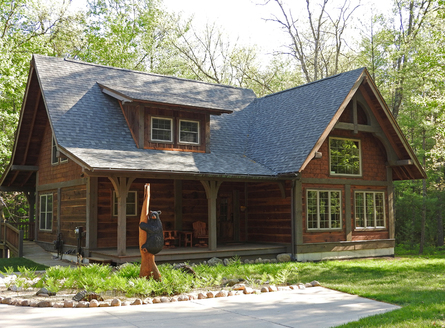 Our home in the woods Our home in the woods When we returned from our travels, I thought again about Ray's question—about how it felt to visit Stillwater and how it felt to come back to our home in the woods, to the community where we feel connected and content, where we're making memories and living fulfilling lives.  Happy at home (Photo by Sally Pobojewski) Happy at home (Photo by Sally Pobojewski) Finally, I had an answer. "Yes, it was good to go home, and now it's good to be home." And now, a question for you: How do you define home, and where do you feel most at home? Two thousand five hundred eighty nine miles. That's the ground we covered on our recent road trip. And what a lot we packed into those miles!  A root beer break on the road A root beer break on the road We stood among giants; we heard legends of the road and tales of travelers who'd come before us; we revisited old haunts, finding some unchanged and some transformed in creative ways; we rejoiced over a young couple's marriage, celebrated a special teenager's birthday, succumbed to a zippy one-year-old's charms and reconnected with family members we see far too seldom. Through it all, we somehow managed to feel unhurried and to savor every moment (and quite a lot of road food). We experienced far too much to relate in one blog post (so be prepared for a few installments), but I'll hit some of the highlights here. 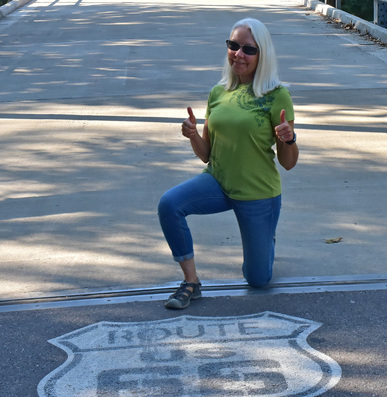 Lovin' the Mother Road Lovin' the Mother Road Planning the trip, I realized the location of the wedding we were attending was near several old Route 66 attractions, and I added those to our itinerary. I've been fascinated with Route 66 nearly my whole life—from childhood trips with my parents, to the 1960s TV series with Martin Milner and George Maharis roaming the country in their Corvette, to the resurgence of interest sparked by Michael Wallis's 1990 book, Route 66: The Mother Road. Once we got on the road, we discovered our route paralleled many more stretches of old Route 66, all with their own attractions, so of course we had to hit as many of those as time and interest allowed. An early stop was the Illinois Route 66 Hall of Fame & Museum in Pontiac, Illinois. In addition to admiring artifacts, we learned about the travels of artist and Route 66 enthusiast Bob Waldmire, whose 1972 VW Microbus and school bus "land yacht" are displayed there. The VW bus was the inspiration for the character "Fillmore" from the 2006 animated motion picture Cars. (This was the first of several Cars character inspirations we encountered on the trip). Farther down the road, we toured motorcycle museums and car collections, visited old gas stations—some restored, some abandoned—and took in other longstanding points of interest. It was heartening to see how many landmarks have been preserved or restored in my home state of Oklahoma: Rock Café in Stroud (whose owner, Dawn Welch, was the inspiration for the Cars character Sally Carrera), Lincoln Motel in Chandler, the Arcadia Round Barn, the Blue Whale in Catoosa, and Ed Galloway's Totem Pole Park in Foyil. A fair number of new attractions have sprung up along the old route, too, complete with typical Route 66 oversized objects to lure tourists in. Even though I gave up soft drinks years ago, I couldn't resist a photo stop at Pops Soda Ranch, with its giant pop bottle out front and its offerings of more than 700 varieties of soda, many colorfully displayed on shelves in floor-to-ceiling windows. Speaking of large, I also had to seek out a number of so-called Muffler Men—fiberglass giants created in the 1960s and '70s as attention-getters for businesses such as muffler shops and drive-in restaurants. On this trip, we saw the Lauterbach Giant (who was decapitated by a 2006 tornado but recapitated once his head was found about a block away), a Harley Guy, a pedicured Beach Guy, a Hot Dog Giant, and my favorite, the spooky spaceman Gemini Giant. Lotsa big guys. Impressive as they were, though, it wasn't the giant people I'll remember most from this vacation. It was the real people. I loved spending time with my sister-in-law, my nephews and their families and some of the cousins I grew up with. Not only did we share memories, but we also deepened our relationships by learning new things about one another. New acquaintances from the trip made lasting impressions, too. In Arcadia, Oklahoma, we wandered into an interesting-looking old building that now houses GlassBoy studios and Tourist Trap Tees. That's where we met Joel Rayburn, neon artist and Route 66 enthusiast. You'll hear more in a future blog post about Joel and his endeavors, so for now I'll just say I was excited to hear his thoughts about getting younger generations interested in Route 66 by preserving some of the highway's most intriguing stories and legends. On our way back to Michigan, we stopped to take pictures at Devil's Elbow on a stretch of old Route 66 in Missouri. Ray struck up a conversation with two couples from the UK who were touring the old highway by motorcycle on their way to New Mexico, where one couple was to be married. What a memorable trip that will be! As the four rode off across the old steel truss bridge that crosses the Big Piney River, another motorcycling couple came up to talk. It turned out they were from France, and they were fascinated with our pickup truck. Such vehicles are rare in their country, they said. Also rare in France: friendly strangers, the man said. "It is so easy to talk to people in America," he said. "In our country, you have to be introduced. People do not talk if they do not know each other." Eager to support his observation, we chatted for some time about motorcycles, trucks and travel. Then he made one more remark that, for me, summed up our road experience as well. "This country has many beautiful landscapes," he said, "but the best thing is the people."
|
Written from the heart,
from the heart of the woods Read the introduction to HeartWood here.
Available now!Author
Nan Sanders Pokerwinski, a former journalist, writes memoir and personal essays, makes collages and likes to play outside. She lives in West Michigan with her husband, Ray. Archives
April 2022
Categories
All
|














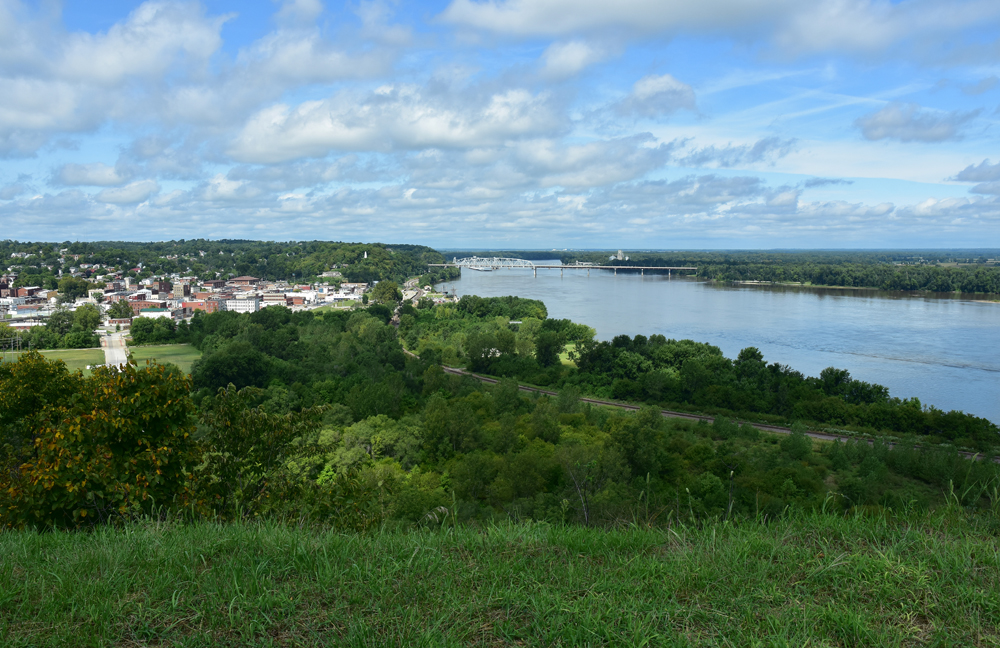

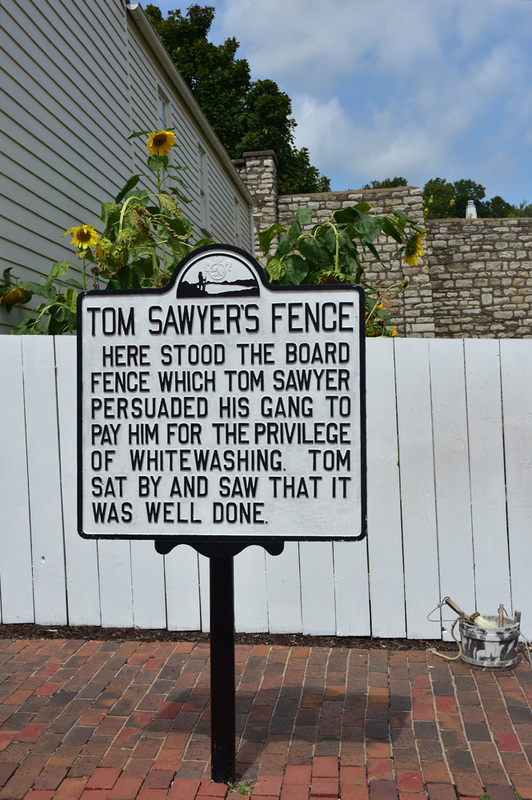
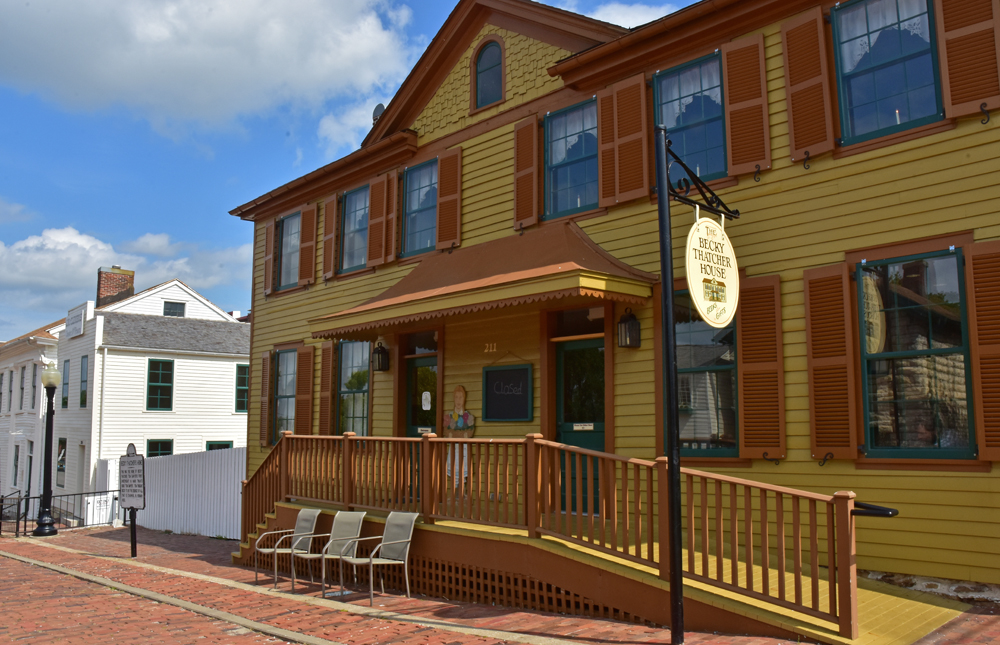



















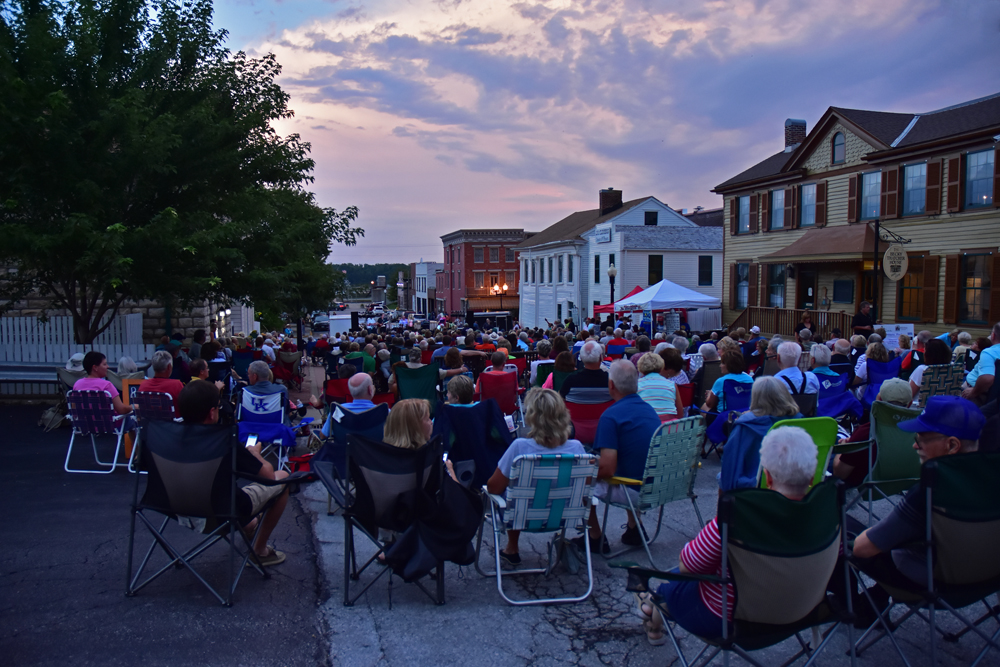

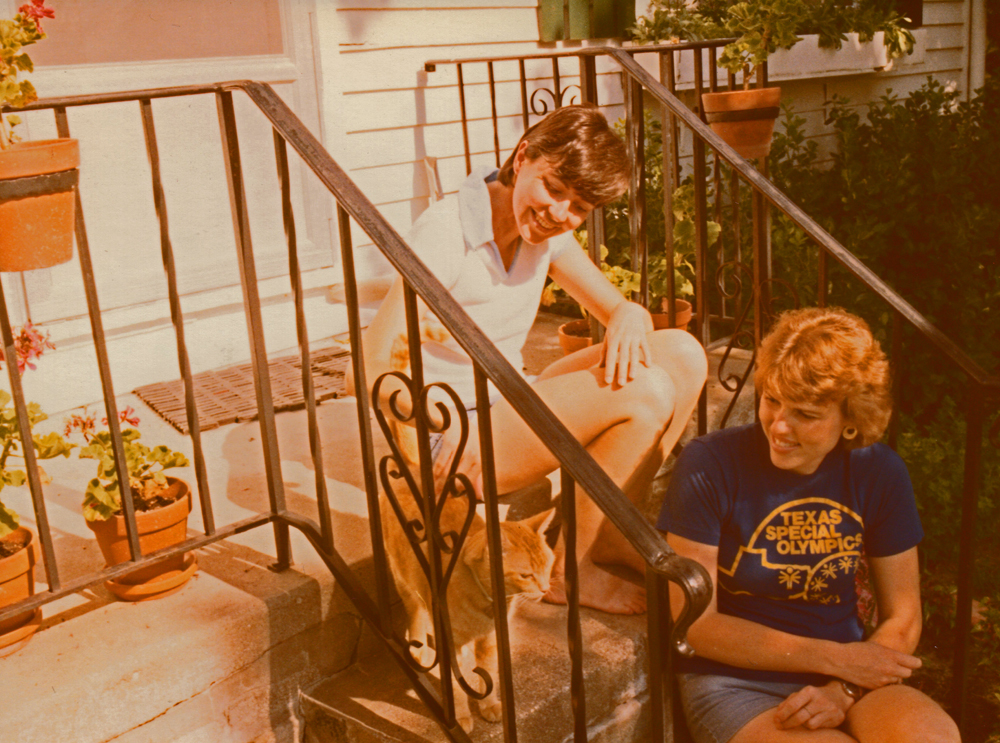


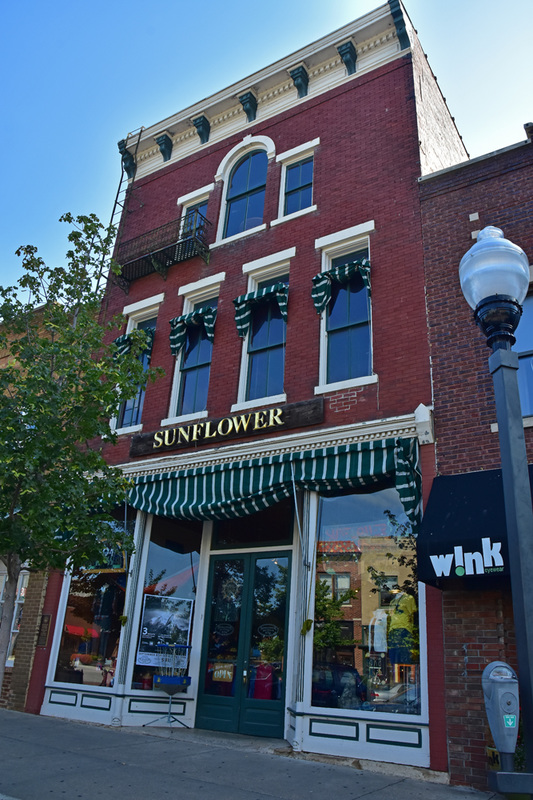


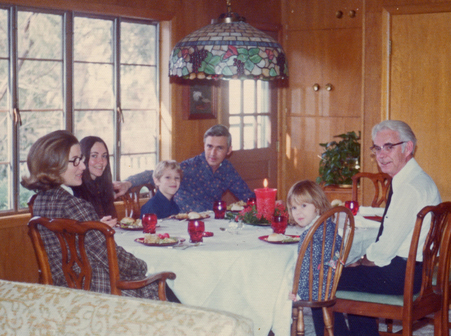
















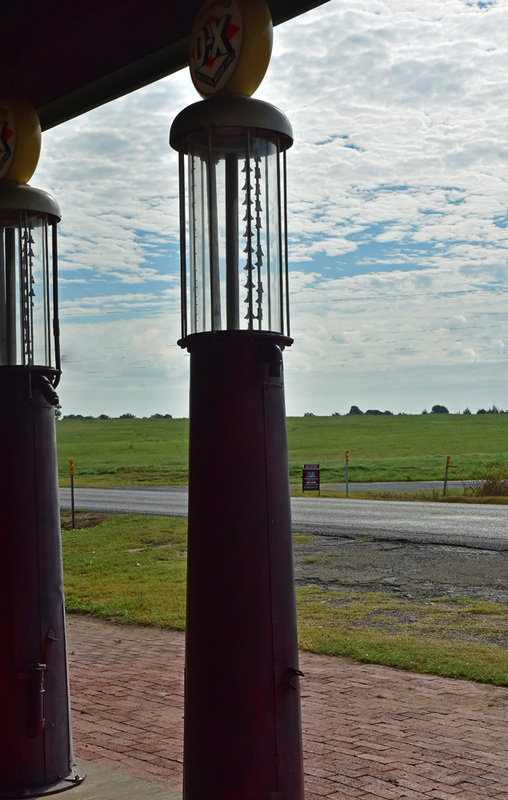

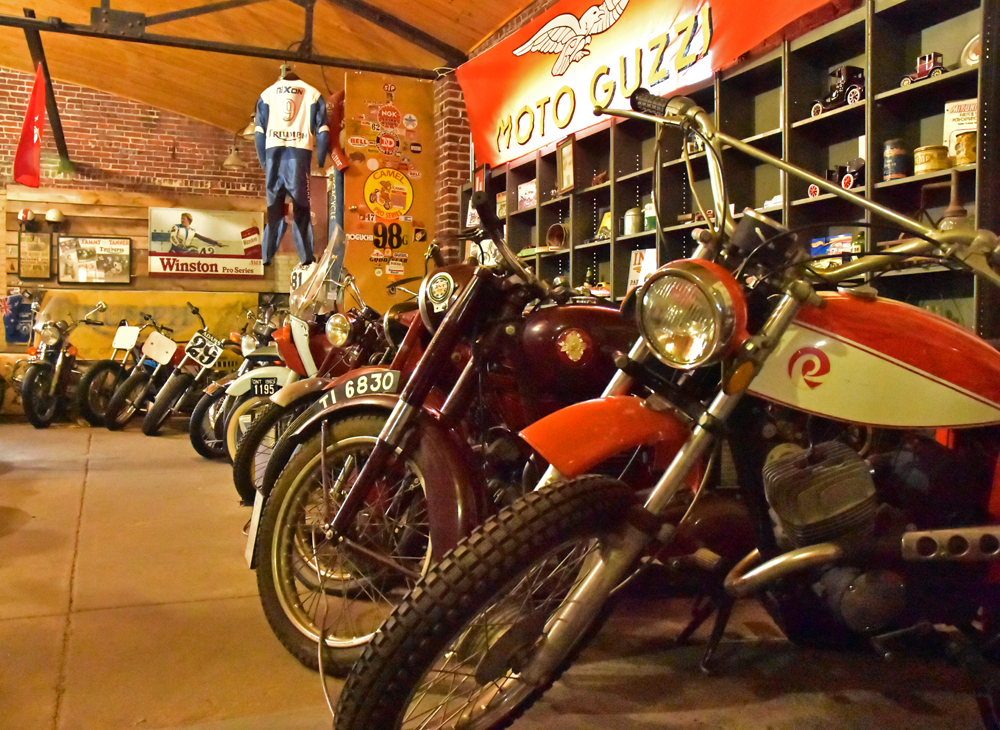

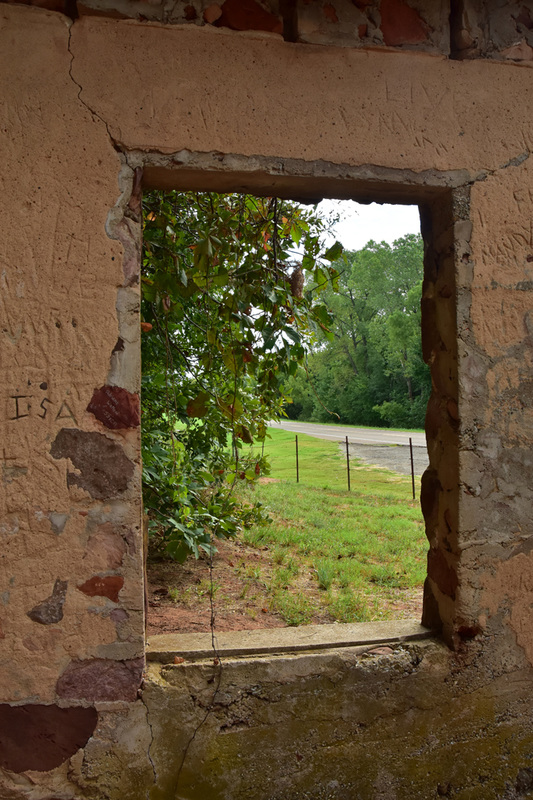


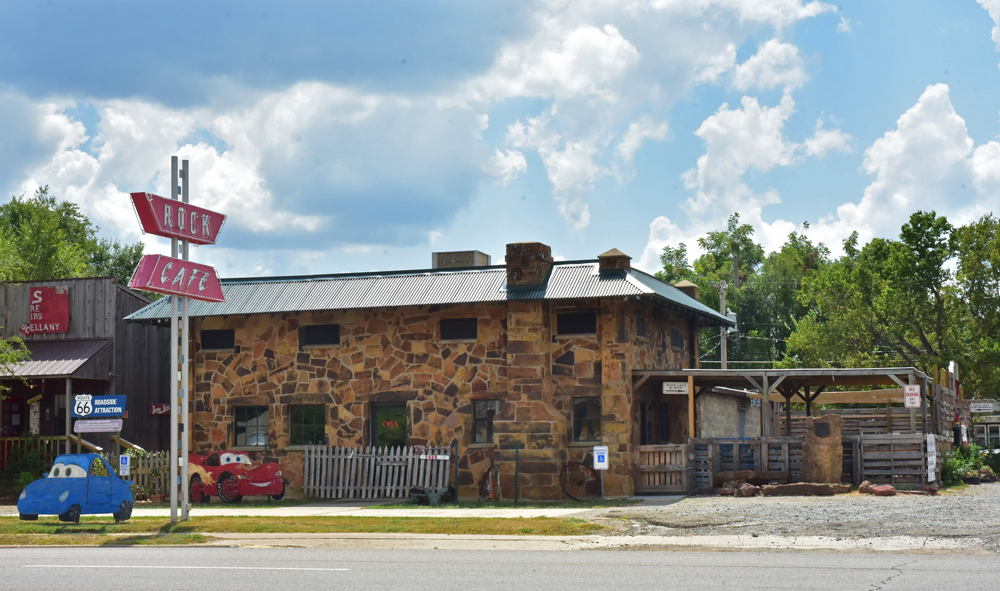











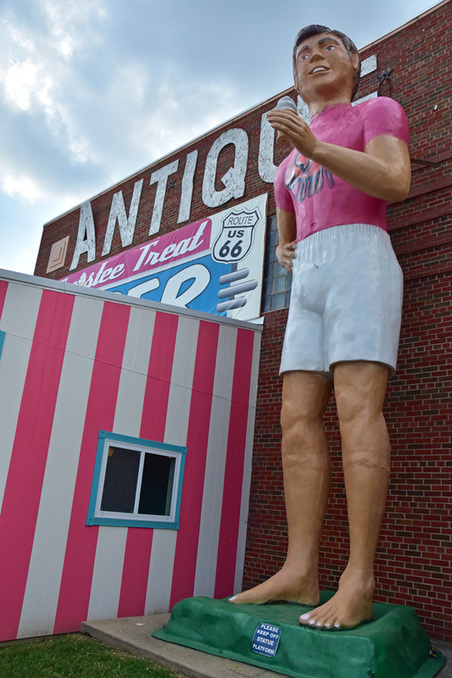




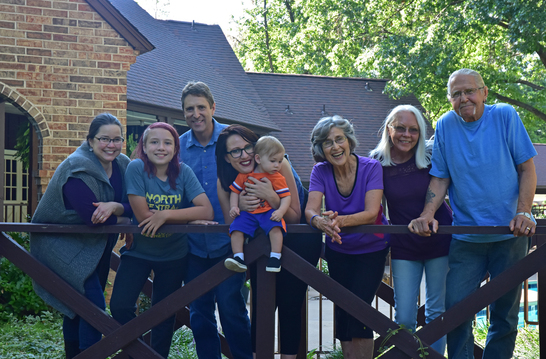









 RSS Feed
RSS Feed